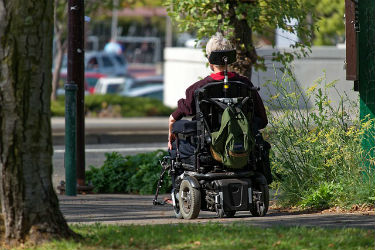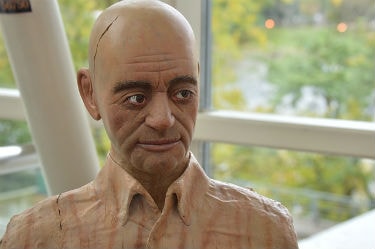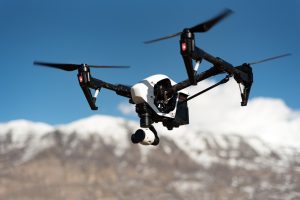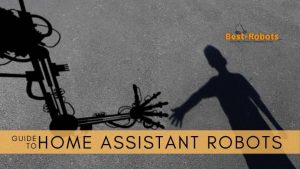Robotic devices can help disabled people to live more independent lives, in fact they can even be transformational.
Touch Bionics provides prosthetic technologies and supporting services designed to help people with upper limb deficiencies. They have a number of active prosthesis that allow their users to grasp and maneuver objects.
Some of these prosthetic robots can be controlled by a Bluetooth wireless connection that links to a computer. The software helps with training users to master the control of their prostheses and to further refine the control of their limb.
Emotiv EPOC is a neuroheadset that can be used to measure the electrical signals produced by the brain to detect the wearer’s feelings, emotions, thoughts and connects to your computer and other devices allowing disabled people to use mind-keyboards, control wheelchairs, create art and play hands-free games.
For people that cannot use their limbs, this headset allows some independence and control that may previously have been impossible. One user involved in a car accident has used it to allow her to communicate again. It is an amazing application of human-machine interface technology.
Elderly Mobility Assistance
 Wheelchair users often find themselves in a situation where they need a bit of help to reach or lift something towards themselves. Kinova produce an assistive robot arm called Jaco, that can be added to powered wheelchairs used by people with advanced muscular disabilities in their upper limbs.
Wheelchair users often find themselves in a situation where they need a bit of help to reach or lift something towards themselves. Kinova produce an assistive robot arm called Jaco, that can be added to powered wheelchairs used by people with advanced muscular disabilities in their upper limbs.
The dextrous hand allows the user to achieve an independence of movement that can make daily tasks that they can no longer complete, once again achievable.
Their promotional video shows all sorts of actions that I wouldn’t have thought a non-human hand could cope with. It has abilities like lifting a single sheet of paper, operating an electric shaver, opening a fridge, getting a drink out the fridge, pouring and then allowing the user to drink from a glass. The Exact Dynamics iARM is another a good example of the current technology.
Another modern robot that is designed to help the elderly become more mobile is HAL. HAL is short for Hybrid Assistive Limb.
It is a wearable robot made by Cyberdyne. I really want to try this out. It can be put to a number of uses, including support for medical rehabilitation and physical training, as well as support for disabled people.
On the other hand HAL can also be put to use for heavy labor at factories, and supporting rescuers at disaster sites. The suit is programmed to move in tune with the wearer using what they call a ‘voluntary control system’ that interprets muscle signals of the wearer’s intentions to move in advance of the actual movement.
Elderly Assisted Living

As I mentioned in this article about the best robot vacuums, worldwide demographic trends mean that soon the people that care for the elderly are going to need more assistance from automated systems and robots, as the working age populations in many countries decline and the numbers of older people in need of care grows. This is an area that is being hotly responded to by many robotics companies at the moment.
There are some robots that are available to help now. The Paro robot seal, featured in our earlier op-ed story, brings the benefits of animal therapy into hospitals and care homes in order to help relax, motivate and improve socialisation of patients with others, including their caregivers.
Giraff is a telepresence robot that can be used by caregivers to conduct home visits with patients in their own homes, while the care giver remains back at base. Giraff can be controlled to move around the patient’s house, at 1.5m high, it can interact with the patient at eye level. Often patients may just need a bit of a social visit, to check how they’re doing or to remind them to take medication. This really helps caregivers to be more efficient.
Toyota Motor Corporation, is developing the Care Assist Robot – which is a motorised robot suit to help carry the elderly, another way to literally take the strain off caregivers in a hospital situation. This will make a real difference in hospitals that are lacking extra caregivers to help.


